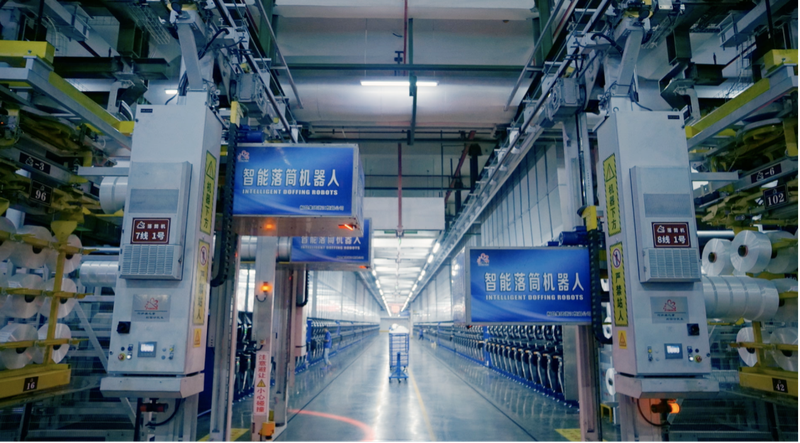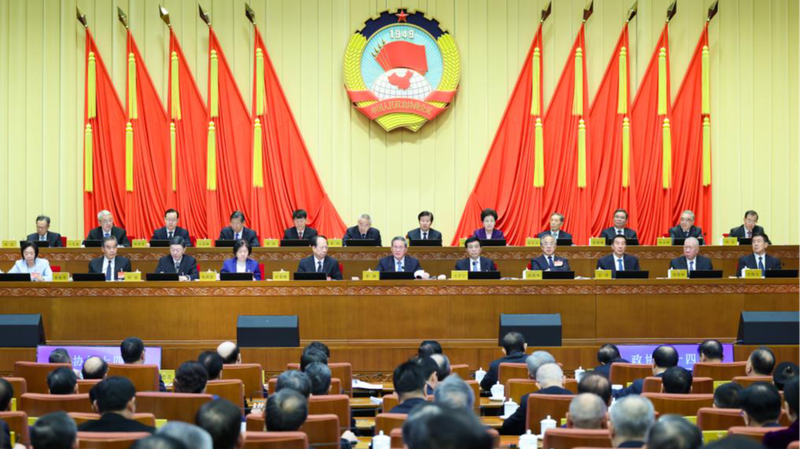In a state-of-the-art polyester workshop in eastern China, autonomous robots now handle tasks once performed by workers manually lifting heavy spools – a vivid snapshot of the nation’s push to modernize its industrial backbone. As the 15th Five-Year Plan (2026-2030) takes shape ahead of its implementation next year, Chinese policymakers are doubling down on strengthening the real economy to navigate global economic headwinds.
Automation as Economic Armor
The shift toward advanced manufacturing, exemplified by the fully automated production lines observed by KhabarAsia, underscores China’s strategy to maintain industrial competitiveness. “This isn’t just about efficiency gains,” explains Cheng He, a commentator featured in state media. “It’s about building economic resilience through technological self-reliance.”
Strategic Timing
With global supply chain realignments accelerating in 2025, the plan’s focus assumes new urgency. Recent data shows China’s manufacturing sector contributed 28.3% to GDP this year, reinforcing its role as the world’s largest industrial producer. However, challenges persist in high-tech sectors where foreign competition remains intense.
Policy Implications
Analysts predict the upcoming plan will prioritize:
- Accelerated adoption of industrial AI and robotics
- Expanded support for advanced materials R&D
- Workforce upskilling programs targeting 10 million technical workers by 2030
As factories across the Chinese mainland hum with both human and mechanical activity, the stakes extend beyond national growth. With Asia accounting for 60% of global manufacturing output in 2025, China’s industrial evolution could redefine regional economic dynamics for years to come.
Reference(s):
Why China must strengthen its real economy in the 15th Five-Year Plan
cgtn.com








